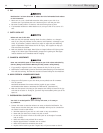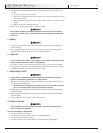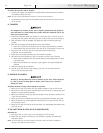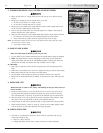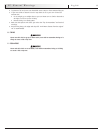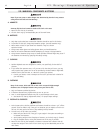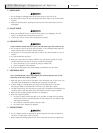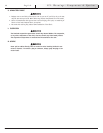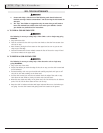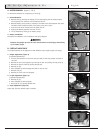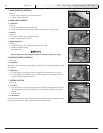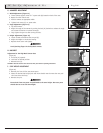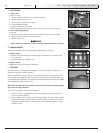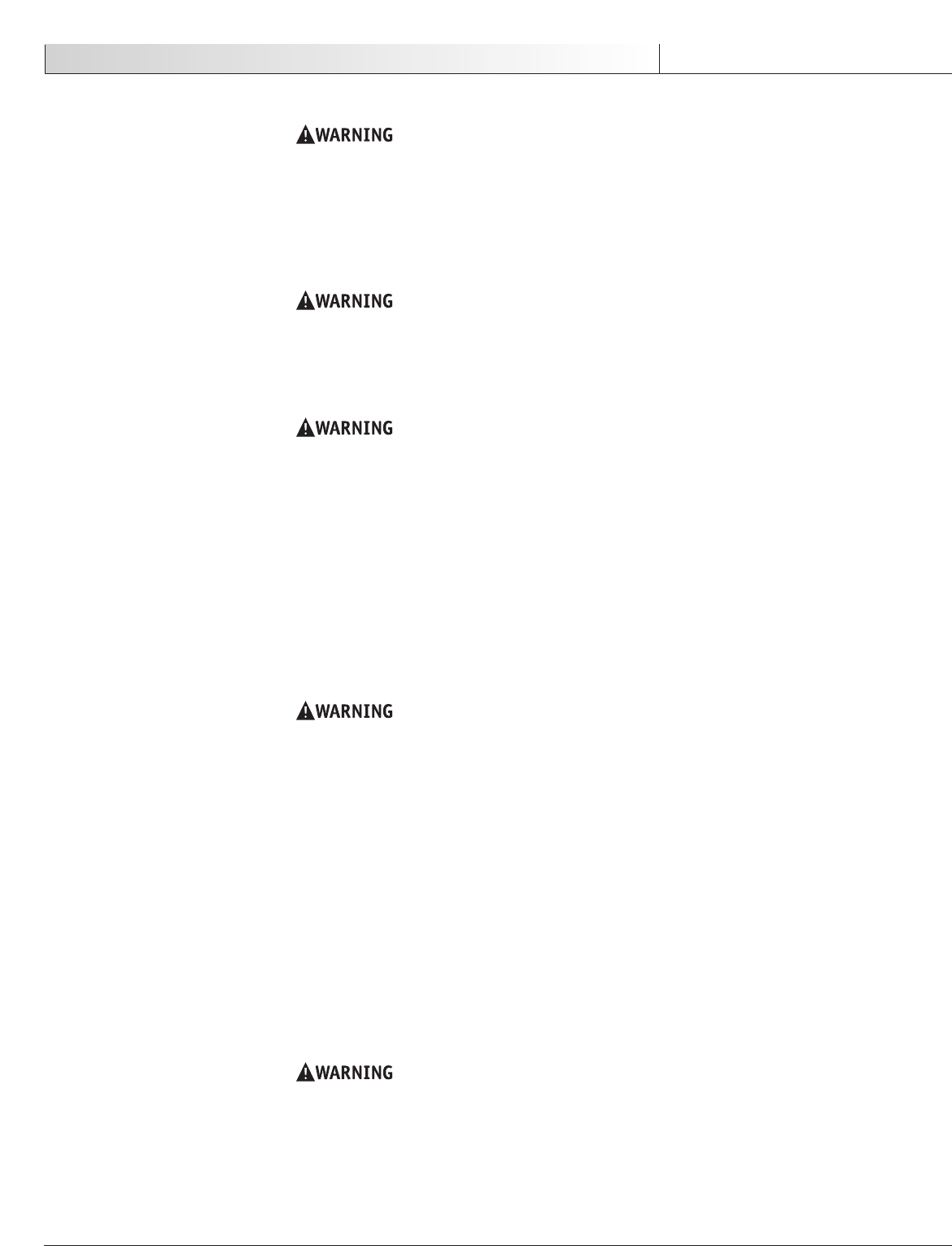
930756 Rev. A
F. MOTOR LOCKS
1. Do not engage or disengage motor locks unless power to the chair is off.
2. Be aware that the chair will not have brakes when motor locks are in the free-wheel
positi
on.
3. Make sure that the person pushing the chair has full control when motor locks are
disengaged.
G. ON/OFF SWITCH
1. Never use the ON/OFF switch to stop the chair except in an emergency. This will
result in an abrupt stop and may cause you to fall.
2. To slow your chair to a stop, return the joystick to neutral.
H. PNEUMATIC TIRES
Proper inflation extends the life of your tires and makes your chair easier to use.
1. Do not use this chair if any of the tires are under- or over-inflated. Check weekly for
proper inflation level, as listed on the tire sidewall.
2. Low pressure in a tire may cause the chair to veer to one side and result in a loss of
control.
3. An over-inflated tire may burst.
4. Never use a gas station air pump to inflate a tire. Such pumps provide air at high
volume, and could cause the tire to burst. To prevent tire damage:
• Use a hand pump (or a low volume air pump) to inflate tires.
• Use a tire gauge to check pressure.
5. Driving over sharp objects may cause damage to pneumatic tires and tubes.
I. POSITIONING BELTS
Use a positioning belt only to help support your posture. Improper use of such
belts may cause severe injury or death.
1. Make sure you are not at risk to slide down in the wheelchair seat. If this occurs, you
may suffer chest compression or suffocate due to pressure from the belt.
2. A pelvic wedge or a similar device can help you from sliding down in the seat.
Consult your health care professional to find out if you need such a device.
3. The belt must be snug, but must not be so tight that it interferes with breathing. You
should be able to slide your open hand, flat, between the belt and your stomach.
4. Make sure you can easily remove the belt in an emergency.
5. Never use a positioning belt:
•
In place o
f a m
otor vehi
cle seat belt. In an accident or sudden stop you may be
thr
own fr
om th
e chair
. A positi
onin
g belt will n
ot pr
event this, and further injury
may result from the belt.
•
A
s a r
estr
aint. A restraint requires a doctor’s order.
•
On a ri
d
er wh
o is com
atose or agitated
.
J. SEATING SYSTEMS
1. Use of a seating system not approved by Sunrise may alter the center of balance of
this chair
. This m
ay cause a fall or tip-over.
2.
N
ever chan
g
e th
e seatin
g system of your chair unless you consult your supplier first.
VII. Warnings: Components & Options
17
English




